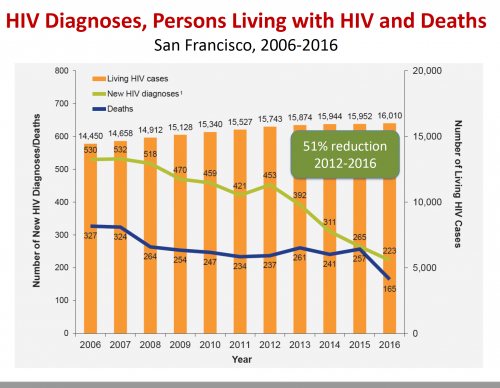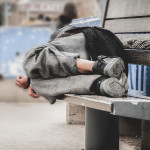On average, people who tested positive for HIV in San Francisco in 2016 began antiretroviral (ARV) treatment just six days later, aidsmap reports. This interval, which declined from 35 days in 2014, is one of many statistics that indicate that the Bay Area city’s full-court press to control its epidemic, called the Getting to Zero initiative, is making considerable progress.
Following a successful pilot run between 2013 and 2014, the city implemented RAPID, a policy of rapidly treating individuals following an HIV diagnosis. The goal is to link diagnosed residents to care for the virus within five days and to start them on ARVs at their first medical visit.
Findings from an analysis of RAPID’s progress between 2013 and 2016, conducted by investigators at the San Francisco Department of Public Health, were presented at the 2018 Conference on Retroviruses and Opportunistic Infections (CROI) in Boston.
During this period, the annual number of HIV diagnoses in San Francisco declined from 399 to 265. Additionally, the average interval between an individual’s HIV diagnosis and his or her achieving full viral suppression (a viral load below 200) thanks to ARV treatment shrank from 134 days to 61 days.

Source: San Francisco HIV Epidemiology Annual Report, 2016.
In 2013, 93 percent of those living with diagnosed HIV in San Francisco were in medical care for the virus, a figure that rose to 97 percent in 2016. A respective 78 percent and 81 percent of those diagnosed in each of those years began ARVs.
The proportion of individuals diagnosed with HIV each year who met RAPID’s criteria of linking to care within five days and immediately starting ARVs rose from 6 percent in 2013 to 30 percent in 2016.

Racial disparities persist in San Francisco’s HIV diagnosis figures.Source: San Francisco HIV Epidemiology Annual Report, 2016
To read the aidsmap article, click here.
To read the conference abstract, click here.







Comments
Comments